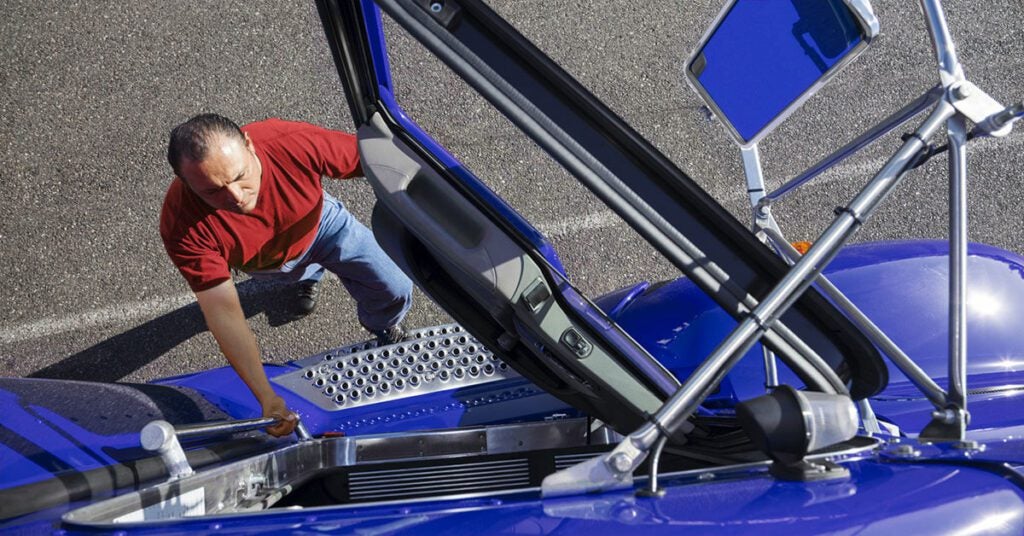
The FMCSA submitted its Advanced Notice of Proposed Rulemaking (ANPR) to the White House Office of Management and Budget, but the agency said that the notice still doesn’t include a dollar amount. Instead, the FMCSA will seek input during the public comment period after the ANPR is published. The organization is also required to perform a cost-benefit analysis, and in a recent meeting, the Motor Carrier Safety Advisory Committee advised the FMCSA to consider phasing in the implementation of any new rule for small carriers, meaning that the minimum might be raised gradually.
Does the Current Minimum Work?
In that same meeting, ATA representative and MCSAC member Rob Abbott said that the goal of the limit was to cover “all but the rarest” of settlements, and to do so while striking a financial balance.
But a number of studies have shown that the current limits set in 1985 – $750,000 for general freight, $1 million for hazardous materials – already cover all but the rarest of catastrophic crashes. An ATA study of data from two large truck insurers found that there’s only a 0.73 percent chance of a claim exceeding $1 million, while 93.5 percent of the trucks in the study were already insured at or above that amount.
The Department of Transportation’s own report found that only 74 crashes nationwide exceed the minimum liability each year. Depending on whose research you use, 75 to 85 percent of the crashes are caused by passenger vehicles, meaning truck drivers have caused fewer than 20 crashes a year that result in settlements exceeding the current minimums, according Landline Magazine.
Your Business Could Be at Risk
The law specifically requires that carriers possess a minimal level of “financial responsibility,” meaning that the trucking company must maintain resources necessary to satisfy minimum liability amounts for property damage and injury. The FMCSA report states that, had the limits put in place in 1985 kept pace with inflation, the minimum liability today would be $1.6 million as measured by the consumer price index, or $3.2 million when measured against the medical consumer price index.
Large carriers like the seven in the Trucking Alliance – a group lobbying to raise the minimum – often fulfill the requirement with bonds, letters of credit, or some other financial means. But for the vast majority of small carriers that comprise about 90 percent of the trucking industry, the requirement is met with insurance coverage.
Doubling the required financial responsibility could mean a 25 percent increase on the insurance premiums for each truck in a carrier’s fleet. That expense will almost certainly push a number of small carriers and owner-operators out of business, further complicating the tight truckload capacity we’ve been seeing in the marketplace all year.
Once the ANPR is approved and sent back to the FMCSA, there will be a 60-day public comment period. Meantime, how much are you paying now in insurance premiums? Let us know in the comments.


